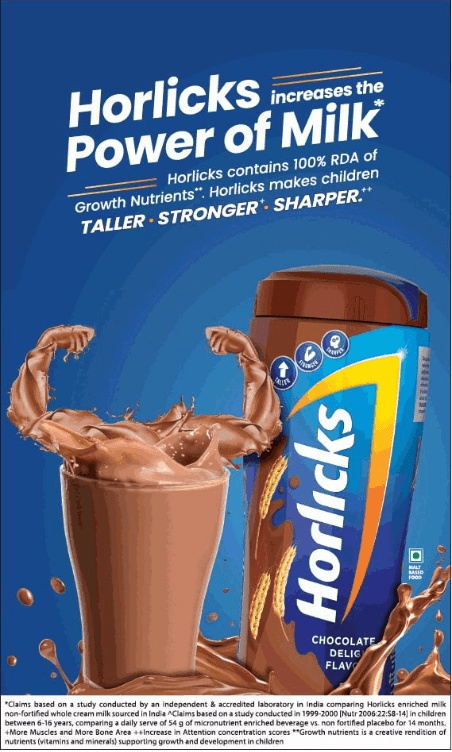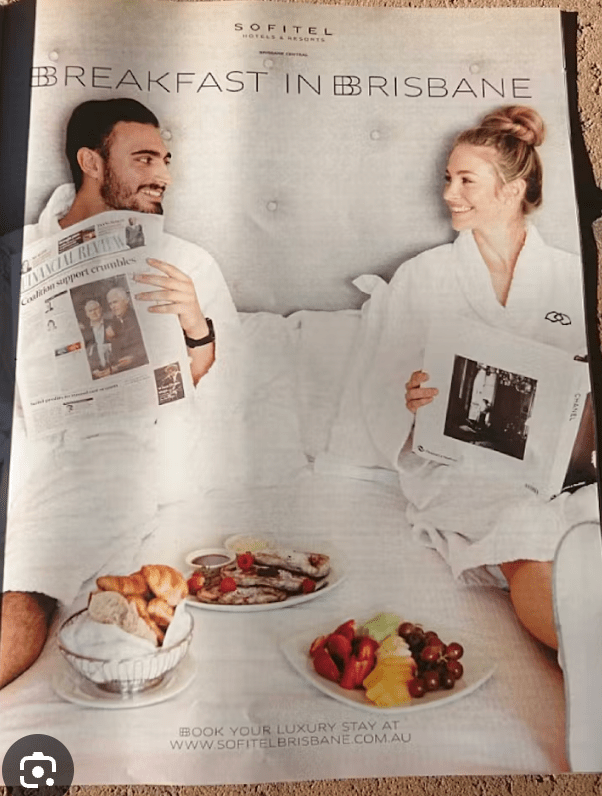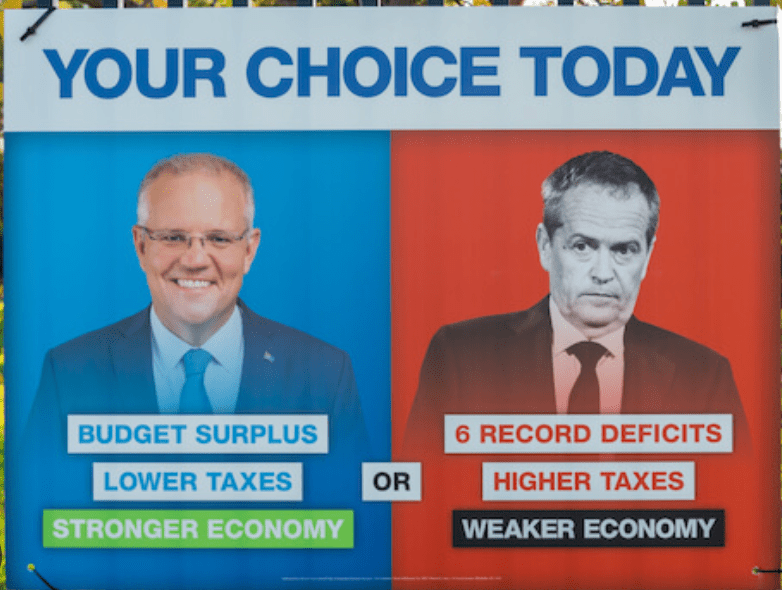What is the difference between a fact and an opinion?
A fact can be proven to be true (e.g., "Water boils at 100°C"), while an opinion is a personal belief or feeling (e.g., "Coke is better than Pepsi").
What does the term “representation” mean in media?
Representation refers to how people, events, and issues are portrayed in the media, influencing how audiences understand the world.
What is one common message ads send about appearance?
Ads often send the message that beauty or attractiveness leads to happiness, success, or love.
What’s one positive effect of social media?
Social media allows people to stay in touch with friends and family, share moments, and discover new ideas.
What does “value” mean in the context of media messages?
A value is a belief or principle that people think is important, like honesty, family, success, or kindness.
Identify one technique advertisers use to make a product seem more trustworthy.
One technique is using testimonials, expert endorsements, or statistics which give the impression that the product is reliable or scientifically-approved.
Give an example of a stereotype in advertising and explain why it might be harmful.
An example is the “dumb blonde” stereotype in commercials, which reinforces sexist views and limits how certain people see themselves or are treated by others.
Why might comparing yourself to images in advertising be unrealistic?
Many ads use edited, airbrushed images of models with perfect lighting and makeup, creating unrealistic beauty standards that most people cannot achieve naturally.
What is an “influencer” and how do they affect consumer choices?
An influencer is someone with a large social media following who can affect the purchasing decisions of others. They promote products by appearing relatable and trustworthy.
What value is being promoted when an ad focuses on family or friendship?
An ad showing a family happily eating together promotes values like togetherness and love, suggesting that the product enhances family life.
Look at this ad. 
What perspective is being presented, and who benefits from this perspective?
The ad presents the perspective that Horlicks significantly enhances the nutritional value and power of milk, making children “taller, stronger, sharper.” This perspective is highly promotional, emphasizing physical and cognitive development through visual symbolism—such as muscular arms formed out of splashing chocolate milk—and bold, energetic typography.
The primary beneficiary of this perspective is Horlicks (the brand), as it positions the product as essential for children's growth and intelligence. By targeting parents' desires to support their children’s development, the ad appeals to emotions and plays on social expectations of success and health, thereby increasing the likelihood of purchase. The brand benefits financially, while parents are influenced into believing the product is almost necessary for their child’s wellbeing.
Look at this ad. How is gender identity being represented?
This advertisement for Sofitel Brisbane presents a traditional and idealised representation of gender identity, using visual and symbolic elements to reinforce stereotypical gender roles in a luxurious setting.
The male figure is shown holding a financial newspaper, suggesting that he is informed, intellectual, and interested in politics or economics—traits traditionally associated with masculinity and professional success. His body language is relaxed yet confident, reinforcing this composed, rational identity.
In contrast, the female figure is holding a fashion magazine (Chanel), which aligns with conventional ideas of femininity tied to beauty, leisure, and consumerism. Her soft smile and turned posture toward the man suggest warmth, approachability, and supportiveness, reinforcing the stereotype of women as emotionally expressive and aesthetically oriented.
Both characters are wearing matching white robes, creating a sense of equality on the surface, but the subtle differences in their accessories (newspaper vs. fashion magazine) and body language perpetuate gender norms. Their food choices also reinforce this: the man’s plate contains cooked breakfast items (meat, eggs, toast), traditionally seen as “hearty” and masculine, while the woman’s fruit platter is lighter and more health-conscious, aligning with feminine ideals of self-restraint and wellness.
Overall, this ad uses a soft, luxurious tone to present gender identity in a way that looks modern and stylish but ultimately relies on traditional gender binaries to communicate familiarity and comfort.
4o
This advertisement for Sofitel Brisbane presents a traditional and idealised representation of gender identity, using visual and symbolic elements to reinforce stereotypical gender roles in a luxurious setting.
The male figure is shown holding a financial newspaper, suggesting that he is informed, intellectual, and interested in politics or economics—traits traditionally associated with masculinity and professional success. His body language is relaxed yet confident, reinforcing this composed, rational identity.
In contrast, the female figure is holding a fashion magazine (Chanel), which aligns with conventional ideas of femininity tied to beauty, leisure, and consumerism. Her soft smile and turned posture toward the man suggest warmth, approachability, and supportiveness, reinforcing the stereotype of women as emotionally expressive and aesthetically oriented.
Both characters are wearing matching white robes, creating a sense of equality on the surface, but the subtle differences in their accessories (newspaper vs. fashion magazine) and body language perpetuate gender norms. Their food choices also reinforce this: the man’s plate contains cooked breakfast items (meat, eggs, toast), traditionally seen as “hearty” and masculine, while the woman’s fruit platter is lighter and more health-conscious, aligning with feminine ideals of self-restraint and wellness.
Overall, this ad uses a soft, luxurious tone to present gender identity in a way that looks modern and stylish but ultimately relies on traditional gender binaries to communicate familiarity and comfort
Look at this ad.

How does it connect appearance with self-worth?
The ad uses flawless skin and glamorous fashion to imply that looking a certain way will boost confidence and make others admire you, linking appearance to self-worth.
How do algorithms on platforms like TikTok or Instagram shape what we see and believe?
Algorithms analyze your behavior (likes, comments, watch time) to suggest content you’re more likely to agree with. This creates an echo chamber and limits exposure to different viewpoints.
Look at this ad. 
500 × 399What societal norms are being subverted?
The ad reinforces the idea that gender expectations and stereotypes are 'traditional' and outdated. It implies that complex tasks such as cooking, which were traditionally female, are now the tasks of men who take the time and effort to learn how to do these tasks. The darkened words "real men" emphasises that real masculinity is one that is caring and nurturing by taking on the traditional roles and responsibilities of females in the domestic space.
Explain how omission can be used to spread misinformation in advertising.Provide an example of how omitting information in food advertising can be harmful to one's health.
Omission means leaving out important details that might make the product or message less appealing. For example, an ad might say "made with real fruit" but omit that it also contains high levels of sugar and preservatives.
Explain how advertisers use body language and costume to construct identity.
Costume (e.g., a business suit or sports uniform) can signal authority, confidence, or athleticism, while body language (e.g., slouching or standing tall) helps the viewer form quick judgments about identity and status.
How do lighting, filters, and editing contribute to unrealistic beauty standards?
Editing tools smooth skin, enlarge eyes, whiten teeth, and remove flaws—this makes the models look unnaturally perfect and encourages people to compare themselves to an unattainable standard.
Look at this social media post. What emotional appeal is being used and why?

The post shows a heartfelt image sad animal a black and white/sepia tone to create a feeling of hopelessness and sadness. The gaze of the dog into the responder's eyes alongside the strong and blunt word choice of "die" uses pathos (emotional appeal) to provoke empathy and increase engagement.
Explain how an ad can reflect or challenge dominant values in society in the female perspective.
An ad showing a female doing impact of weight-related sports challenges the outdated value that only women belong in domestic roles or are weak. It reflects changing social attitudes toward gender equality.

Analyse how language and image are used in a political campaign poster to manipulate audience perception of the “truth.”
This political campaign poster manipulates audience perception of the “truth” by using a combination of visual contrast, biased language, and emotive appeal to create a simplified, binary choice between two political figures.
The colour scheme immediately sets a biased tone: the left side, associated with Scott Morrison, is filled with positive, calming colours (blue and green), which culturally suggest stability and prosperity. In contrast, the right side, representing his opponent, is dominated by harsh red and black, colours commonly associated with danger, aggression, and negativity. These colours prime the viewer to associate one candidate with safety and the other with threat.
Facial expressions further reinforce this manipulation: Morrison is shown smiling confidently, while his opponent looks stern and displeased. These images are deliberately chosen to make Morrison seem more trustworthy and competent.
The language is loaded with judgment. Phrases like “BUDGET SURPLUS,” “LOWER TAXES,” and “STRONGER ECONOMY” suggest clear success, while the opposing side is linked with “6 RECORD DEFICITS,” “HIGHER TAXES,” and “WEAKER ECONOMY.” These claims are presented as factual, even though economic strength is influenced by many complex, often debatable factors.
Overall, the poster oversimplifies political reality to manipulate voters’ emotions and portray one candidate as unquestionably better. It frames opinion as fact and offers no space for nuance, which distorts the audience’s understanding of the “truth.”
Analyse how a brand might deliberately shape identity representation to appeal to a specific demographic.
A brand targeting young, diverse audiences may feature models from multiple ethnic backgrounds in active roles, positioning the brand as inclusive, which appeals to modern consumers who value representation and social responsibility.
Analyse how one ad or campaign either challenges or reinforces society’s expectations around appearance and self-worth.
The Dove “Real Beauty” campaign challenges norms by using everyday women of all sizes and ages to redefine beauty, whereas a luxury perfume ad showing a thin, glamorous celebrity in a romantic setting reinforces idealized beauty and desirability.
Analyse how technology and social media change our relationships with truth and personal connection.
Social media often blurs the line between truth and opinion, as users share curated lives or opinions as facts. This makes it easier for misinformation to spread and harder for people to distinguish between genuine connection and performative content.
Analyse how media shapes societal values through repeated messaging and targeted representation.
Ads and media often repeat certain values—like youth, beauty, wealth, or independence—so often that they become internalized as “normal” or ideal, even if they don’t reflect everyone’s lived experience. This shapes cultural expectations and pressures.